A report, “21st Century public transport solutions for Canberra,” has been prepared by an independent group of citizens who believe that in this election year, Canberrans need to be fully informed of the cost to date of light rail and that there are better public transport alternatives available. The report analyses the costs and benefits of light rail in Canberra. It reviews the flawed decision making that led to the ACT Government investing in light rail.
“Bus rapid transit (BRT) is the obvious solution for rapid public transport on the stage 2B route. It offers cheaper, faster, more frequent and more adaptable transport than light rail,” the report says
said. “BRT requires fewer transfers between bus and/or light rail services, costs half as much, can be built more quickly, is twice as cost-effective, and will be at least ten minutes faster than light rail stage 2.”
The paper’s recommendations for the ACT include calls to:
- evaluate adopting a trackless tram system to replace light rail;
- cancel existing contracts and abandon work on light rail stage 2B;
- speed up replacing the bus fleet with electric vehicles;
- expand the number of transit lanes; and,
- seek funding Commonwealth funding for a trackless tram trial.
It shows that the actual cost of Light Rail Stage 1 is in excess of $1.78 billion, contrary to promises that it would cost only $614 million. It finds that the cost to date of Light Rail Stage 2A, originally estimated by the ACT Government at $268 million, is now more than $1.2 billion, making its 1.7 kms, one of the most expensive tram tracks in the world.
The report reserves its strongest criticism for Stage 2B – with a projected travel time that will be much longer than an express bus and will be many times the cost of other competitive transport systems such as electric buses and trackless trams.
The light rail currently proposed for Canberra will serve only a tiny percentage of the population. At rush hour, most passengers on a LR journey to/from Woden will need to stand while on buses, most passengers are provided with seats now.
The environmental impact of Canberra’s light rail will be greater than that of alternative systems because of the concrete and steel tracks. The trees in the centre of Commonwealth Avenue will have to go.
The report recommends light rail should be the subject of a public enquiry if the ACT Government persists with it because of its unsuitability to Canberra’s topography, its cost to Canberrans and the negative impact it is having on the ACT’s AAA credit rating.
A bridge capable of carrying more than 100 tonnes will be needed to get light rail across Lake Burley Griffin. Other major bridges will be needed to traverse into and out of State Circle, cross Hopetoun Avenue and navigate into Woden.
Electric buses are more efficient, can be deployed on a variety of routes and are emission free. Their introduction would not disrupt traffic.
The report concludes that light rail Stage 2B should not proceed.
The report is written by Leon Arundell, John Bell, Kent Fitch, Russ Morison, Mike Quirk and Anthony Senti. The Deakin Residents’ Association Committee has agreed to make the accessible to Canberrans from our website. Report can be downloaded from the link www. deakinresidents.asn.au
Contact for media enquiries is Anthony Senti (0432 247 782) or John Bell (0438 732 953)
